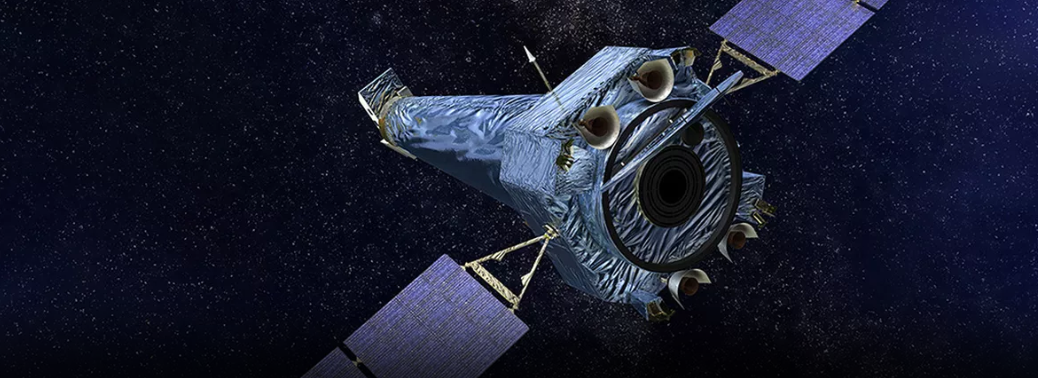Warming leads to water crisis in Himalayas: study
19, Dec 2018

Prelims level : Climate change
Mains level : GS 1: geographical features and their location- changes in critical geographical features (including water bodies and ice-caps) and in flora and fauna and the effects of such changes.
Context:
- Climate change is driving glaciers in the Himalayas to melt more rapidly than at any point in the last 10,000 years, and could soon cause water supply shortage in parts of India, Pakistan, and Nepal, a study has warned.
Details:
- Researchers showed that while water supply is declining, demand is rising because of growing populations.
- The international research team dubbed the plateau the “Third Pole” because it contains the largest stores of freshwater in the world outside of the North and South poles.
- A study also showed that climate change could have devastating effects on vulnerable residents in the Andes Mountain and Tibetan plateau.
About Third Pole:
- The region that encompasses the Himalaya-Hindu Kush mountain range and the Tibetan Plateau is widely known as the Third Pole because its ice fields contain the largest reserve of fresh water outside the Polar Regions.
- This region is the source of the 10 major river systems that provide irrigation, power and drinking water for over 1.3 billion people in Asia – nearly 20% of the world’s population.
- Many countries in this region are suffering serious water stress, while infrastructure projects, including dams, are raising cross-border tensions and may have severe environmental impacts.
- Many people in the Himalayan watersheds face high risks from flooding, water shortage and pollution. Future population growth, climatic variation and increasing demands on scarce water resources from agriculture and industry will increase these risks.
- Mitigating them and adapting to them will demand high levels of cooperation.






